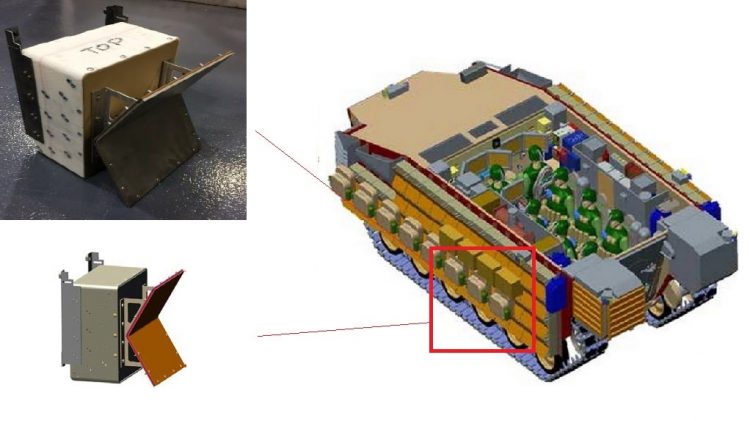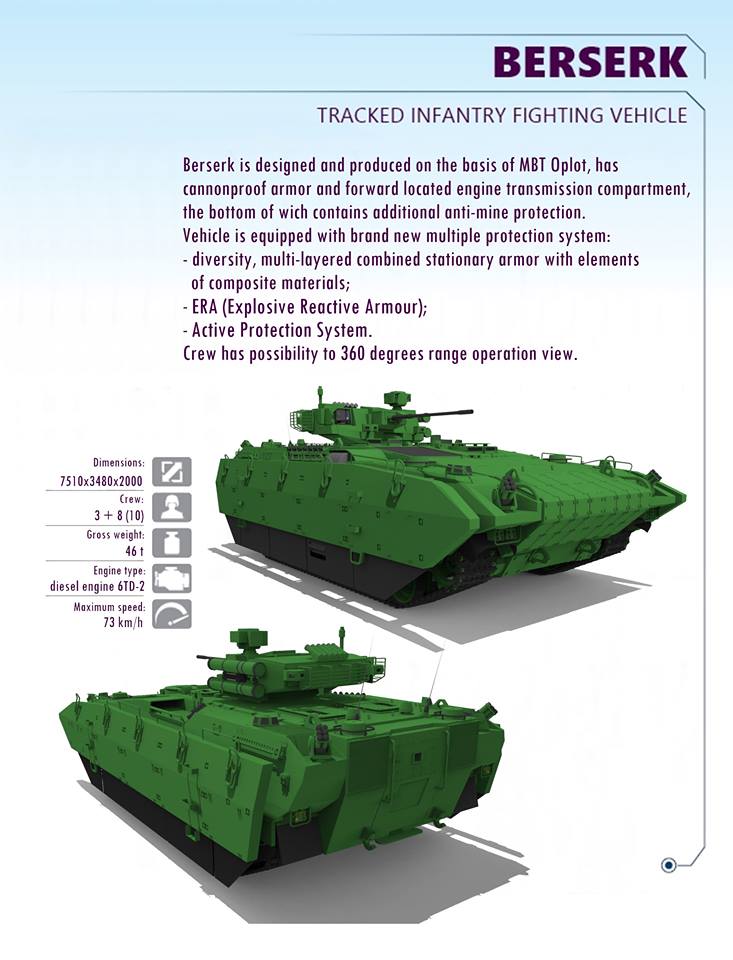The United States Army Tank Automotive Research, Development and Engineering Center (TARDEC) is developing new protection systems for Next-Generation Combat Vehicles that could supports infantry units in 21st century combat environments.
The U.S. Army’s current capital fleet of main battle tanks and infantry fighting vehicles are not optimized for the future operational environment, in connection with which the Army needs new combat vehicles.
The new vehicles will exceed the Army’s current lethality and survivability requirements and include technologies—like autonomy and robotics—and be lighter and more fuel efficient.
The TARDEC issued a report regarding the conception of the development of advanced protection systems which will be installed at the Next-Generation Combat Vehicles (NGCV). According to the report, the NGCV will receive agile layered protection for evolving vehicle protection needs.
In particular, the NGCV will be eqquiped with new modern Explosive Reactive Armour (ERA) kits which works on a completely different principle than conventional protection system. The new modern armor kits designed to be installed on armor-capable vehicles such as medium and main battle tanks or infantry combat vehicles.
The kit includes special layered ERA modules in combination with V cross-section cassette installed at an angle to the main module. The reactive tiles prevent penetration of various weapon systems, such as RPG (rocket-propelled grenades).
In a construction of new modern ERA kits were will be leverage current armor mechanisms, with new materials and design approaches to achieve a weight reduction in integrated vehicle armor protection. In addition, designers focus on reduction of integration burden to minimize cost impact while reducing overall system weight.
New modules are specifically designed to eliminate or minimize damage to adjacent modules, thus allowing increased effectiveness and services throughout the ground domain lifecycle.
The Next Generation Combat Vehicle is designed to eventually replace current fighting vehicles, such as the M1 Abrams tank and M2 Bradley.
















